Á. A. Orsi
The environments of high-redshift radio galaxies and quasars: probes of protoclusters
Orsi, Á. A.; Fanidakis, N.; Lacey, C.G.; Baugh, C.M.
Authors
N. Fanidakis
Professor Cedric Lacey cedric.lacey@durham.ac.uk
Emeritus Professor
Professor Carlton Baugh c.m.baugh@durham.ac.uk
Director of the Institute for Computational Cosmology
Abstract
We use the GALFORM semi-analytical model to study high-density regions traced by radio galaxies and quasars at high redshifts. We explore the impact that baryonic physics has upon the properties of galaxies in these environments. Star-forming emission-line galaxies (Ly α and H α emitters) are used to probe the environments at high redshifts. Radio galaxies are predicted to be hosted by more massive haloes than quasars, and this is imprinted on the amplitude of galaxy overdensities and cross-correlation functions. We find that Ly α radiative transfer and active galactic nucleus feedback indirectly affect the clustering on small scales and also the stellar masses, star formation rates and gas metallicities of galaxies in dense environments. We also investigate the relation between protoclusters associated with radio galaxies and quasars, and their present-day cluster descendants. The progenitors of massive clusters associated with radio galaxies and quasars allow us to determine an average protocluster size in a simple way. Overdensities within the protoclusters are found to correlate with the halo descendant masses. We present scaling relations that can be applied to observational data. By computing projection effects due to the wavelength resolution of modern spectrographs and narrow-band filters, we show that the former have enough spectral resolution to map the structure of protoclusters, whereas the latter can be used to measure the clustering around radio galaxies and quasars over larger scales to determine the mass of dark matter haloes hosting them
Citation
Orsi, Á. A., Fanidakis, N., Lacey, C., & Baugh, C. (2016). The environments of high-redshift radio galaxies and quasars: probes of protoclusters. Monthly Notices of the Royal Astronomical Society, 456(4), 3827-3839. https://doi.org/10.1093/mnras/stv2919
| Journal Article Type | Article |
|---|---|
| Acceptance Date | Dec 9, 2015 |
| Online Publication Date | Jan 14, 2016 |
| Publication Date | Mar 11, 2016 |
| Deposit Date | Apr 5, 2016 |
| Publicly Available Date | Apr 7, 2016 |
| Journal | Monthly Notices of the Royal Astronomical Society |
| Print ISSN | 0035-8711 |
| Electronic ISSN | 1365-2966 |
| Publisher | Royal Astronomical Society |
| Peer Reviewed | Peer Reviewed |
| Volume | 456 |
| Issue | 4 |
| Pages | 3827-3839 |
| DOI | https://doi.org/10.1093/mnras/stv2919 |
| Public URL | https://durham-repository.worktribe.com/output/1415332 |
Files
Published Journal Article
(2 Mb)
PDF
Copyright Statement
This article has been published in Monthly Notices of the Royal Astronomical Society ©: 2016 The Authors Published by Oxford University Press on behalf of the Royal Astronomical Society. All rights reserved.
You might also like
FLAMINGO: calibrating large cosmological hydrodynamical simulations with machine learning.
(2023)
Journal Article
The complex interplay of AGN jet-inflated bubbles and the intracluster medium
(2023)
Journal Article
Active galactic nuclei jets simulated with smoothed particle hydrodynamics
(2023)
Journal Article
